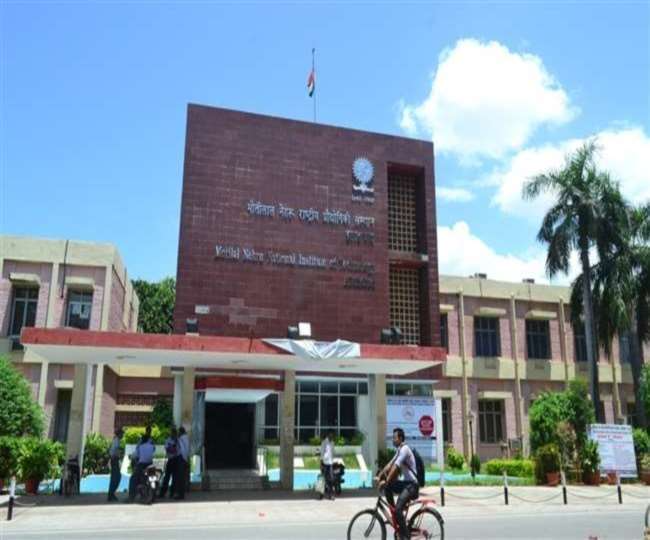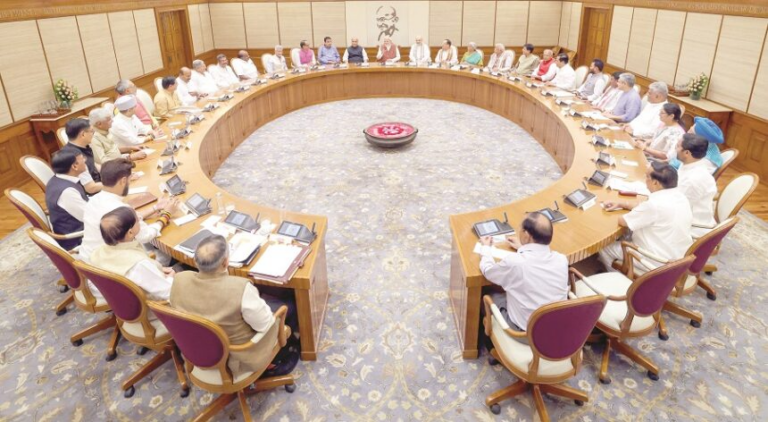
Abhyspeeth Education Desk
New Delhi : India’s higher education landscape is on the brink of a historic transformation as the University Grants Commission’s (UGC) 2023 regulations officially open the doors for world-renowned foreign universities to establish campuses in India. This policy shift, rooted in the broader vision of the National Education Policy (NEP) 2020, is expected to redefine academic standards, research capabilities, and global access for Indian students.
For decades, Indian students aspiring for global education were forced to look abroad—often at considerable financial and emotional cost. With the new policy in place, some of the world’s top-ranked institutions will now have the freedom to operate independently within Indian borders, offering international-level education without requiring students to leave the country. These institutions will enjoy significant autonomy in designing curriculum, setting fee structures, recruiting faculty, and awarding degrees—all without mandatory equivalence to Indian norms.
Experts believe that the presence of foreign universities in India will create a competitive academic environment, compelling Indian institutions to raise their standards in pedagogy, infrastructure, and research output. The new campuses are also expected to become centers for innovation, encouraging interdisciplinary learning, global exposure, and collaborative research.
Several global universities have already shown keen interest in entering the Indian market. Institutions from the United States, United Kingdom, Australia, and Singapore—including the University of Arizona, Monash University, and Deakin University—are in various stages of dialogue with Indian authorities and education partners. Many of these universities plan to localize aspects of their curriculum while retaining global standards, creating a unique blend of international expertise and Indian relevance.
From a policy standpoint, the UGC has assured that while these institutions will enjoy a great deal of independence, they will still be subject to quality checks. The framework includes registration under a special regulatory system, compliance with minimum academic benchmarks, and regular performance audits to maintain transparency and integrity.
However, the move is not without its concerns. Questions are being raised about accessibility—whether such elite institutions will remain within reach of students from less privileged backgrounds. There are also calls for greater clarity on how these campuses will coexist with public universities and what mechanisms will be in place to ensure fair academic competition.
Still, the overall response from the academic community has been largely positive. Stakeholders agree that this step will help reduce the brain drain by allowing Indian students access to global education at a fraction of the international cost. Moreover, it has the potential to attract students from neighboring countries, positioning India as a regional education hub.
As the first foreign campuses prepare to set up in India, the excitement is palpable. For students, faculty, and institutions alike, this development signals not just a policy change, but the beginning of a new era in Indian education—one where global learning meets local aspiration.







